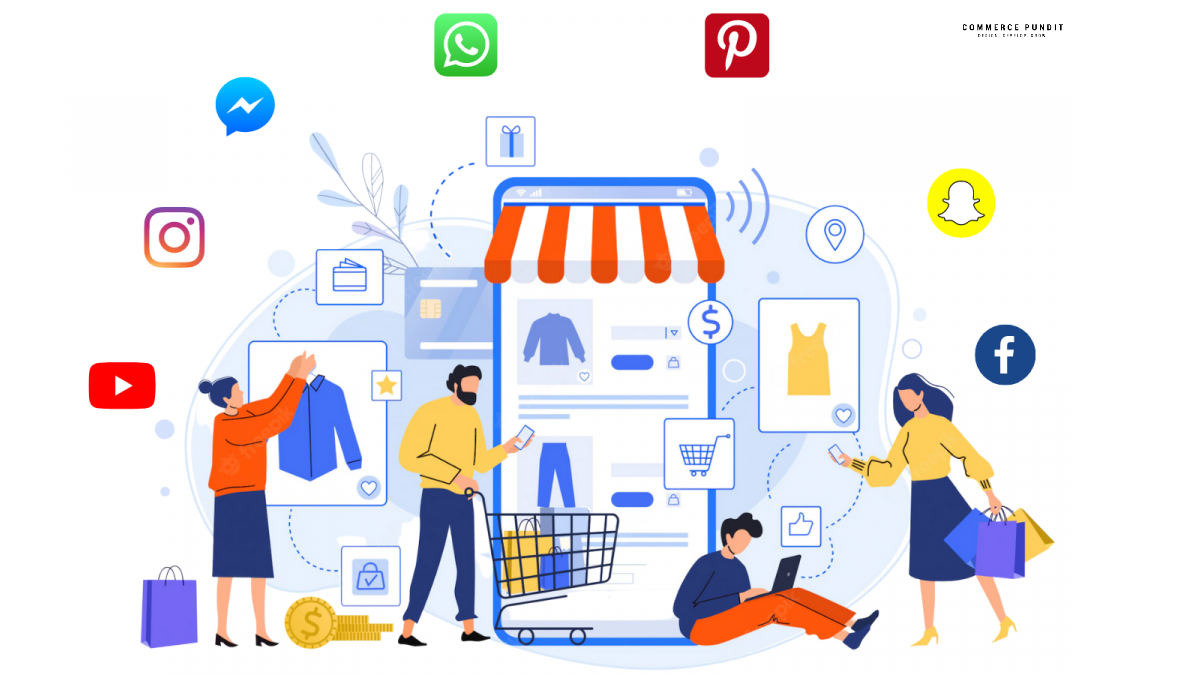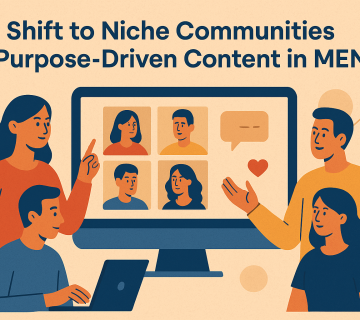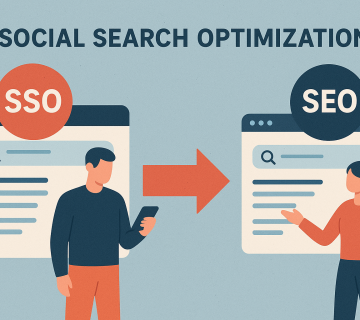Social media platforms are increasingly integrating e-commerce features to enable social shopping and sell products directly to users. This trend of “social commerce” looks set to grow in the coming years. Here are key aspects of this convergence of social and commerce:
Shopping Integrations –
Many social apps now offer native shopping capabilities. Instagram enables shoppable posts through taggers. Facebook has Facebook Pay for peer-to-peer payments. Pinterest has a visual shopping tool. And Snapchat has a camera-based try-on tool for cosmetics.
In-Stream Ads –
Platforms are showing more native advertising formats that resemble organic posts but function as shoppable ads. On Instagram and Facebook, brands can promote products inline with the regular news feed. These in-stream ads optimize the social experience for online retail.
Livestream Shopping –
Going live on social media to showcase and sell products in real time is an emerging trend. Platforms like Facebook, Instagram and YouTube offer tools for creators to tag products in their live videos and enable direct viewer purchases. The personalized experience mimics TV shopping channels.
Buy Buttons –
Social posts with dedicated “buy” or “checkout” buttons enable users to make impulse purchases with just one click. No leaving the platform. Buy buttons reduce friction and improve conversion rates for supporting e-commerce.
Influencer Marketing –
Social commerce relies heavily on influencer endorsements and recommendations to boost sales. Influencers promote products organically to their followers who often trust and buy and their suggestions. Platforms facilitate these connections between brands and influencers.
Collectively, the seamless integration of commerce capabilities into social media is blurring the lines between traditional online retail and content-rich social sharing. Users now expect to be able to conveniently “shop the feed” of their friends and followed accounts.
As social commerce grows, it will transform dynamics on platforms by incentivizing more shopping content over organic sharing. Brands and retailers will find distinct advantages in reaching customers already engaged on social media. And users may see more native “shoppable” content in their feeds.




